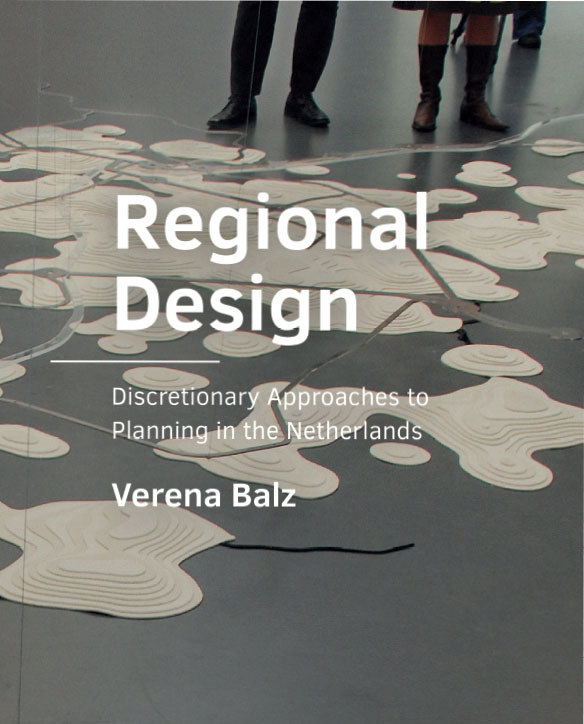Conclusions
DOI:
https://doi.org/10.7480/abe.2019.8.3904Abstract
To design for the purpose of planning was not new when regional design emerged as a distinguished discipline in the 1980s in the Netherlands. On the contrary, to imagine solutions for particular areas and to discuss these for the purpose of planning has been a long-standing tradition that can be traced back to the emergence of urban planning in the early 20th century. However, when spatial planning emerged as a new, more collaborative and anticipatory planning approach in the last decades, expectations concerning performances of design in planning decision-making increased. Design came to be seen as a practice that not only improves the spatial and technical quality of plans, but also enhances planning innovation, clarifies political agendas, forges societal alliances and raises the efficiency of planning through timely consideration of conflicts that planning may cause in societal and political domains. Since the 1990s, regional design underwent a process of institutionalisation in Dutch national planning. The practice became repetitively used and was formally embedded in planning procedures.
Despite more varied expectations and institutionalisation, interrelations between regional design and spatial planning are not well understood. As a result, the performances of regional design are difficult to predict and consequently, often disappointing. Therefore, this research has sought to conceptualise interrelations between regional design and spatial planning. It aimed at an enhanced explanation and prediction of performances. The main research question was: how do the interrelations between regional design and spatial planning influence the performances of regional design? Answers to this question were sought through case-study research. During two consecutive rounds of exploration, two perspectives were taken. During a first in-depth case-study, key performances of regional design were analysed. During a second multiple case-studies analysis, the contextual determinants of these performances were investigated.
Detailed results of this dissertation are embodied in Chapter 3 to 7 of this publication. Below, these outcomes are summarised in order to form one coherent line of argument. Theoretical notions, which were considered during the research but were not mentioned in earlier publications of the chapters in the form of journal articles and book chapters, are added. The chapter also contains a critical reflection on the research approaches that were used. A dedicated section summarises the implications of findings for future research.

